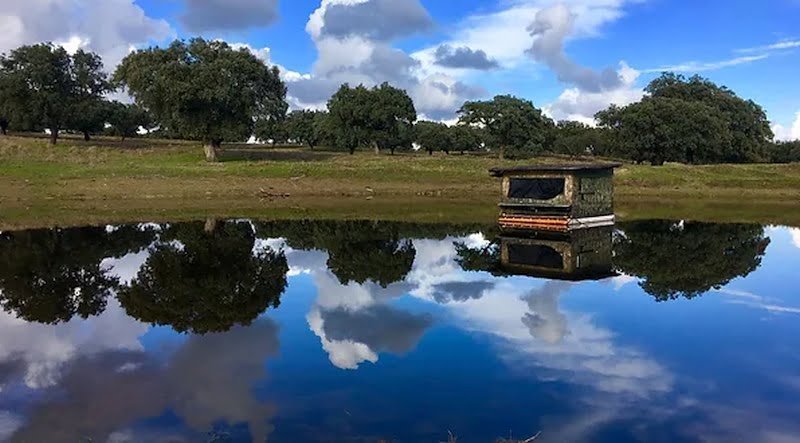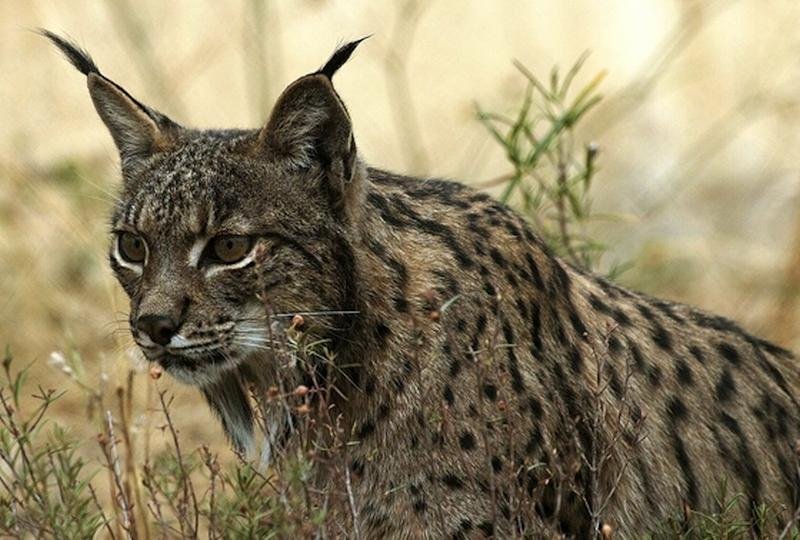Discover the best hide photography opportunities in Spain with our guide to wildlife photography hides. These popular photo hides offer the chance to capture stunning shots of Spain’s most iconic wildlife species, from the comfort of a small, exclusive hide. With capacities for just 2-4 people, reservations are essential to secure your spot. Prices for a day’s photography typically range from €80-€150, with some peak times costing up to €300.
The Campanarios de Azaba Biological Reserve



One of the finest places to visit in Spain, The Campanarios de Azaba Biological Reserve has excellent accommodation and spectacular hides to keep birding photographers and wildlife enthusiasts very happy! Nestled in the picturesque province of Salamanca, close to the border with Portugal, this enchanting haven offers a unique opportunity to immerse yourself in the wonders of unspoiled Mediterranean forests, lush meadows, and thriving ecosystems. Read more here: https://wildsideholidays.co.uk/campanarios-de-azaba-biological-reserve-salmanca/
Check out the accommodation here

See prices and availability over at booking.com here
I’ve been living in this lovely area of Western Andalucia for the last 20 years or so and dedicate most of my time to the running of English language tourist information websites for the towns of Cádiz, Ronda, Grazalema, the famous or infamous Caminito del Rey, and also Wildside Holidays, which promotes sustainable and eco-friendly businesses running wildlife and walking holidays in Spain. My articles contain affiliate links that will help you reserve a hotel, bus, train or activity in the area. You don’t pay more, but by using them you do support this website. Thankyou!



